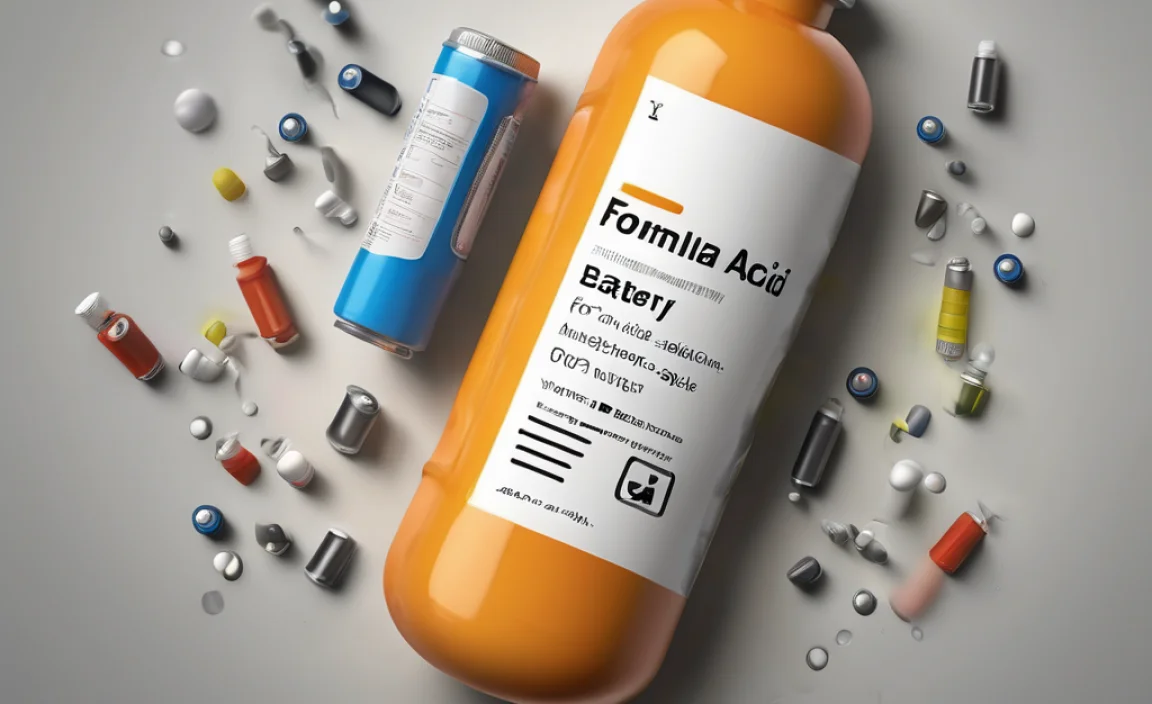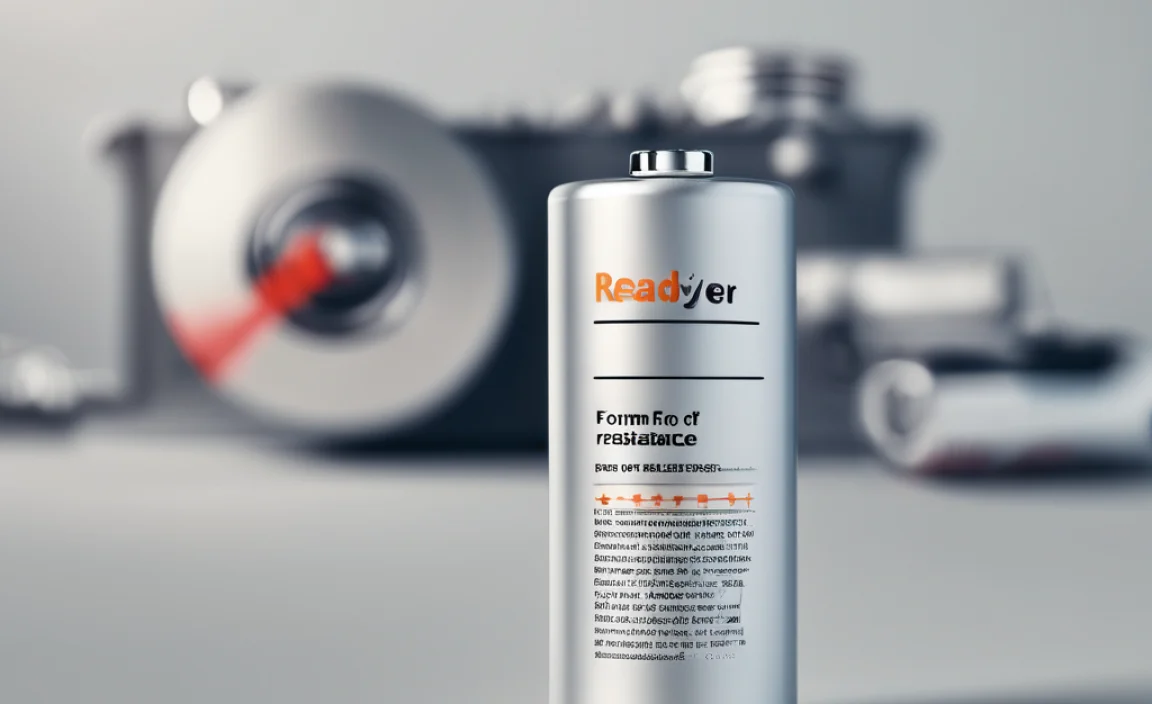Powering Your Projects: Finding the Best Replacement Battery for Craftsman Drill
When your trusty Craftsman drill starts to falter, exhibiting a noticeable decline in power or a frustratingly short run time, it’s often a clear sign that the battery is nearing the end of its operational life. Fortunately, this doesn’t spell the end for your beloved tool. The good news is that finding the best replacement battery for Craftsman drill is often a straightforward process, allowing you to breathe new life into your equipment and tackle those DIY projects with renewed vigor. Investing in a quality replacement battery is not just about restoring functionality; it’s about ensuring reliability, safety, and ultimately, maximizing the longevity of your tools.
Understanding Craftsman Battery Technologies
Craftsman, like many power tool manufacturers, has utilized different battery technologies over the years. The most common types you’ll encounter when searching for a replacement battery for Craftsman drill are Nickel Cadmium (NiCd) and Lithium-ion (Li-ion).
Nickel Cadmium (NiCd): These were the workhorses of the power tool world for decades. NiCd batteries are known for their ruggedness and ability to deliver high discharge rates, making them suitable for demanding applications. However, they suffer from the “memory effect,” meaning if not fully discharged before recharging, their capacity can permanently decrease. They also have a lower energy density compared to Li-ion and contain toxic cadmium, making them less environmentally friendly. If your Craftsman drill is older and came with a NiCd battery, you might still find replacements, but the industry has largely shifted towards Li-ion.
Lithium-ion (Li-ion): This is the modern standard for rechargeable batteries. Li-ion batteries offer significantly higher energy density, meaning they can hold more charge in a smaller and lighter package. They also don’t suffer from the memory effect, and their self-discharge rate is much lower than NiCd. This translates to longer run times, quicker charging, and batteries that hold their charge for extended periods when not in use. Most newer Craftsman drills use Li-ion technology, and finding replacements is generally easier.
Factors to Consider When Choosing a Replacement Battery for Craftsman Drill
Before you click “add to cart,” there are several crucial factors to consider to ensure you select the best replacement battery for Craftsman drill for your specific needs and tool:
Voltage: This is perhaps the most critical specification. Craftsman drills come in various voltage ratings, typically ranging from 9.6V to 19.2V (or even higher for some professional-grade models). You must match the voltage of the replacement battery to the original battery. Using a battery with a higher voltage than your drill is designed for can damage the tool’s motor and electronics, while a lower voltage battery will provide insufficient power and may not even function. Always check the label on your old battery or your drill’s manual for the correct voltage.
Amperage Hour (Ah): The Ah rating indicates the battery’s capacity – essentially, how long it can power your drill on a single charge. A higher Ah rating means longer run time. If your original battery had a 1.5 Ah rating, opting for a 2.0 Ah or 3.0 Ah replacement will give you more operating time between charges. However, be aware that higher Ah batteries may be slightly larger and heavier.
Compatibility: This goes beyond just voltage. Ensure the battery’s physical design and the connection terminals match your Craftsman drill. Craftsman has used various battery “slide” or “clip-on” styles over the years. Look for replacement batteries explicitly listed as compatible with your specific Craftsman drill model number. Sometimes, third-party manufacturers produce batteries that are designed to fit specific tool lines even if they aren’t branded by Craftsman themselves.
Brand and Quality: While tempting, opting for the cheapest available battery is rarely the best long-term strategy. Reputable brands, whether it’s Craftsman’s own replacement parts or well-regarded third-party manufacturers, generally offer better build quality, more reliable performance, and superior safety features. Look for reviews and research brands known for producing quality power tool batteries.
Charger Compatibility: If you’re switching from NiCd to Li-ion, you will likely need a new charger. Even if you’re buying a Li-ion replacement, ensure it’s compatible with your existing Craftsman Li-ion charger. Some third-party batteries may be designed to work with specific charger models.
Where to Find the Best Replacement Battery for Craftsman Drill
Sourcing the right replacement battery for your Craftsman drill is now more accessible than ever. Here are the primary places to look:
Craftsman Official Website and Authorized Retailers: The most straightforward approach is to purchase directly from Craftsman or an authorized dealer. This guarantees genuine parts and ensures compatibility. While often the most expensive option, it offers peace of mind.
Major Online Retailers: Websites like Amazon, eBay, and specialized tool supply sites are treasure troves for replacement batteries. You’ll find both OEM (Original Equipment Manufacturer) Craftsman batteries and a wide array of compatible third-party options from brands like Greenworks, BTI, and others. This is often where you’ll find competitive pricing and a vast selection.
Specialty Battery Stores: Some local or online battery specialists carry a broad range of power tool batteries, including replacements for Craftsman drills. They can sometimes offer expert advice and unique or hard-to-find options.
Maintaining Your New Battery for Longevity
Once you’ve found and installed your new replacement battery for Craftsman drill, proper maintenance is key to extending its lifespan and ensuring consistent performance.
Follow Charging Instructions: Always use the charger recommended for your battery type (NiCd or Li-ion) and follow the manufacturer’s charging guidelines. Avoid overcharging, especially with older NiCd batteries, and don’t store batteries in extreme temperatures.
Avoid Deep Discharges (for Li-ion): While Li-ion batteries don’t suffer from the memory effect, running them completely dead repeatedly can still put undue stress on the cells. It’s generally better to recharge them when you notice a significant drop in power.
Clean Battery Contacts: Periodically, inspect the battery contacts and the tool’s terminals. Dust or debris can interfere with the electrical connection. Gently clean them with a soft, dry cloth or a pencil eraser.
Store Properly: If you plan to store the battery for an extended period, it’s advisable to leave it with a partial charge (around 40-60%) rather than fully charged or completely depleted, especially for Li-ion batteries. Store them in a cool, dry place.
By understanding your options and making an informed choice, you can easily find the best replacement battery for Craftsman drill to keep your tools running strong for countless projects to come. Don’t let a dying battery slow you down; invest in quality power and experience the satisfaction of a fully operational tool.


